As we know that at this time many people are fond of doing a healthy lifestyle. There are many ways they can do a healthy lifestyle, from exercising regularly and also adjusting their diet. Discussing about the diet, it is not far from the kind of food that their consumed, of course the people will prefer choose eating the healthy foods, one example is vegetables. This article we will discuss the types of vegetables, especially the types of leaves, following types:
- ARUGULA
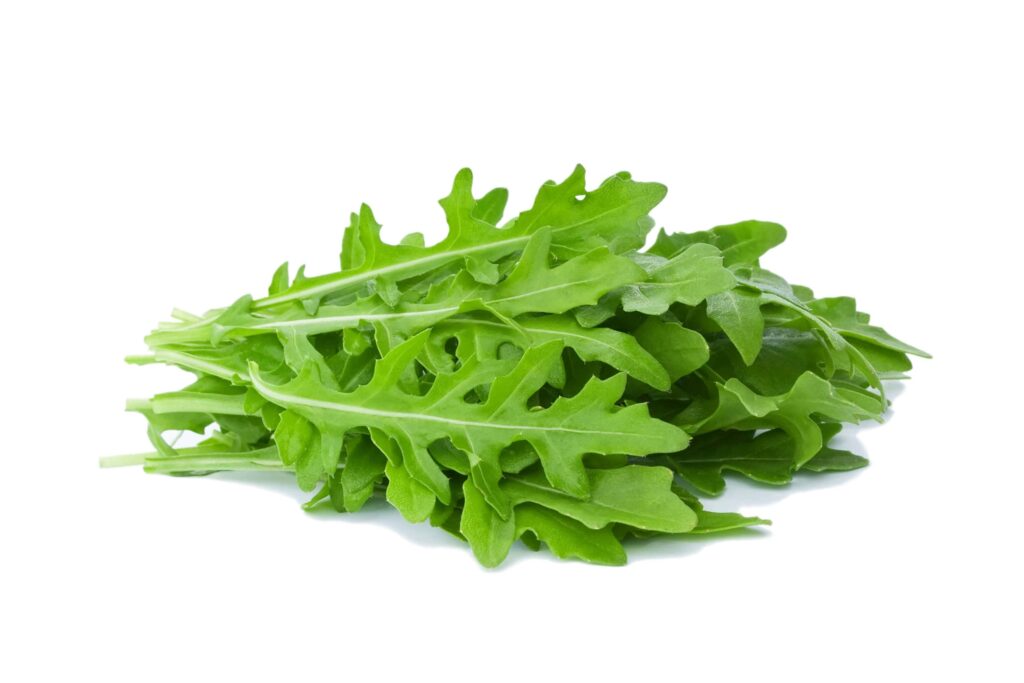
Arugula leaves are otherwise known as ‘rocket’, and they are particularly popular in the Mediterranean and Middle-East. In fact, arugula is one of the tastiest foods on this vegetable list, and it adds a complex flavor to any dish. Arugula leaves supply a decent source of vitamin A and K1, and they are very low in calories and carbohydrate.
- BEET GREENS
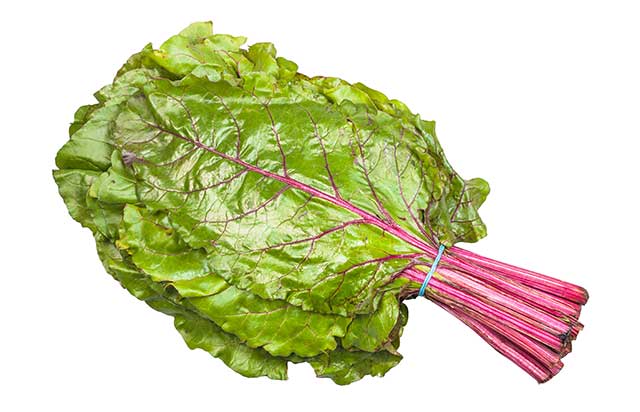
The leaves of the beetroot plant are incredibly nutritious, so don’t throw them away! Beet greens provide very large amounts of vitamins A, C and K1. Additionally, their carbohydrate content is almost all fiber.
- Bhok Coy
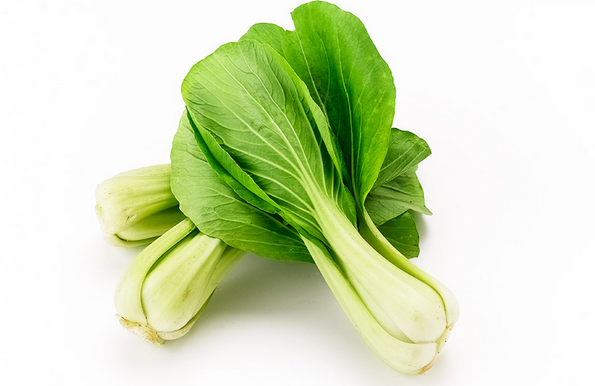
Some people call it ‘Chinese cabbage’, but the proper translation is bok choy. Bok choy belongs to the cruciferous vegetable family, alongside others such as cabbage and brussels sprouts. Bok choy provides a significant amount of nutrients for very little calories.
- Cabbage

Cabbage is a large-headed green vegetable that has close botanical links to broccoli, cauliflower, and brussels sprouts. Cabbage belongs to the cruciferous category of vegetables and like others, it has links to similar anti-cancer health benefits. Cabbage provides a decent source of vitamins C and K1, and it may potentially lower cancer risk.
- Cabbage Red
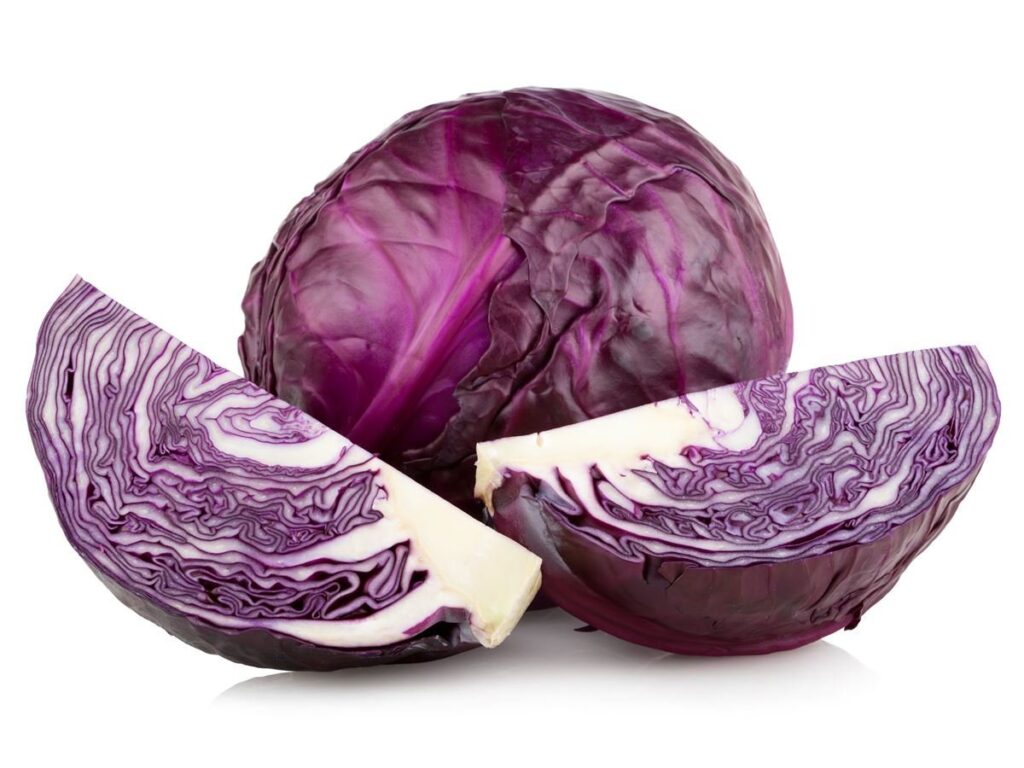
Green and red cabbage are different in color, but they are basically the same type of vegetable. Despite a similar appearance, the major contrast is the dark red/purple leaves of red cabbage. However, their nutrient profile is slightly different, and red cabbage offers more in the way of vitamins and minerals. Red cabbage is similar to the green variety but with the addition of some extra micronutrients.
- Collard Greens
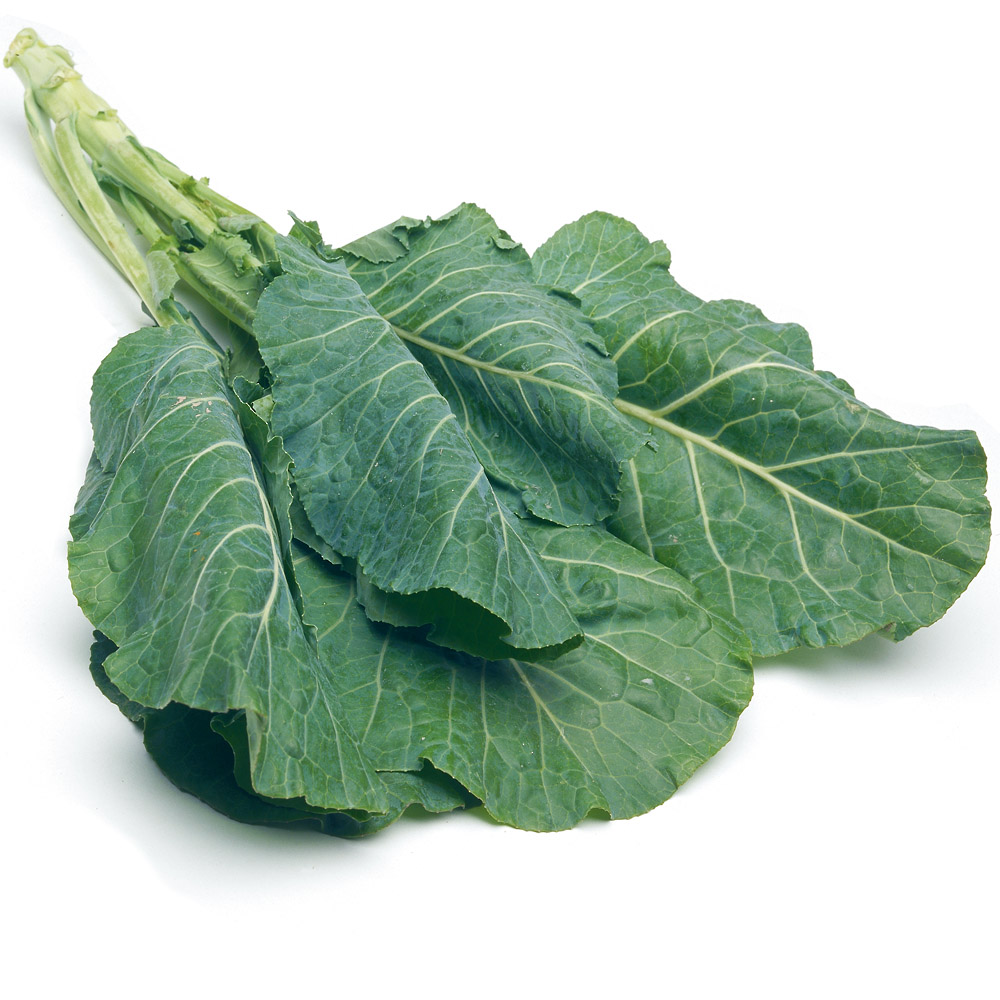
As their name may suggest, collard greens are a leafy green vegetable. This vegetable is popular throughout the world, and it is usually served either boiled, steamed, or in stews. Collard greens have a slightly bitter flavor, and they provide a wide range of nutrients. Collard greens are among the most nutritious of all vegetables.
- Dandellion Greens
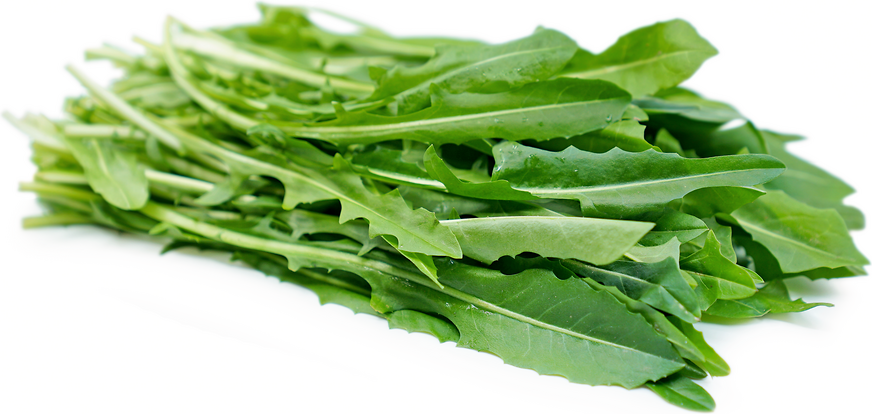
Dandelion greens are another leafy green with impressive nutrient density. We often eat them raw, and they have a bitter and slightly peppery taste. However, like many vegetables, they have a more pleasant flavor after cooking. Dandelion greens contain an impressive range of nutrients. In particular, it is a good plant source of vitamin E and calcium.
- KALE

Kale is a member of the cruciferous family of vegetables, and it shares some similarities to cabbage and broccoli. Personally, I’m not a huge fan of kale’s bitter taste. However, it has rapidly grown in popularity over the past several years as people find out about its health properties. In terms of nutrients, kale has a shout for being one of the healthiest vegetables out there. Kale is one of the most nutritious vegetables in the world.
- Lettuce

Lettuce is one of the most popular varieties of vegetables. You can find it pretty much everywhere too; burgers, sandwiches, salads, or just decorating the sides of a plate. Lettuce has an extremely high water content, which makes it quite crisp and refreshing. Lettuce is a common accompaniment to many foods, and it is relatively rich in nutrients.
- Spinach
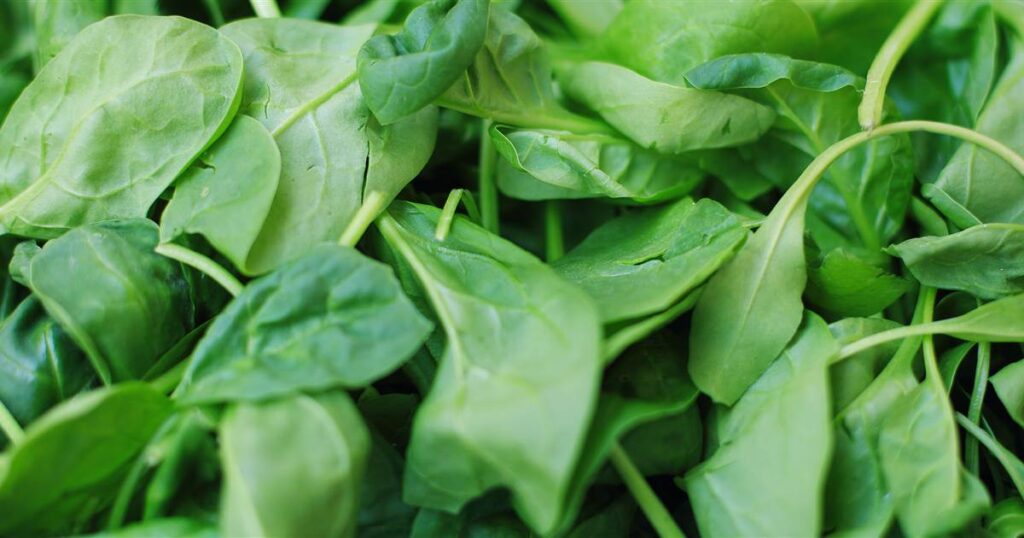
Spinach is among the most nutrient-dense of this list of vegetables. It is a leafy green that is native to Asia, and it is incredibly high in vitamin A (as beta-carotene) and vitamins C and K1.
Spinach is high in nutrients and it’s one of the healthiest vegetables in the world.
- Swiss Chard
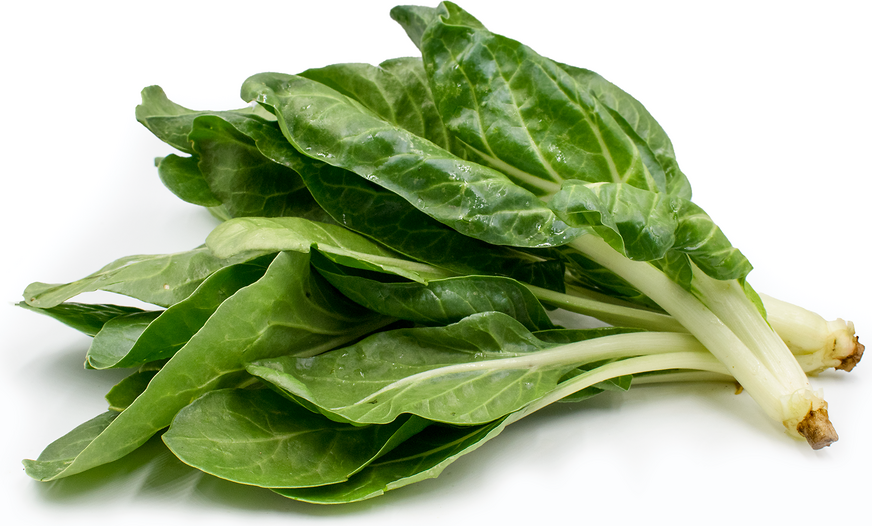
Swiss chard is a nutritious leafy green that is a frequent staple in the Mediterranean region. Typically, chard is used in raw salads but sauteing it tastes good too, and removes some of the bitter flavor. Similar to other leafy greens, swiss chard is loaded with nutrients – particularly vitamins A, C and K.
- Watercress
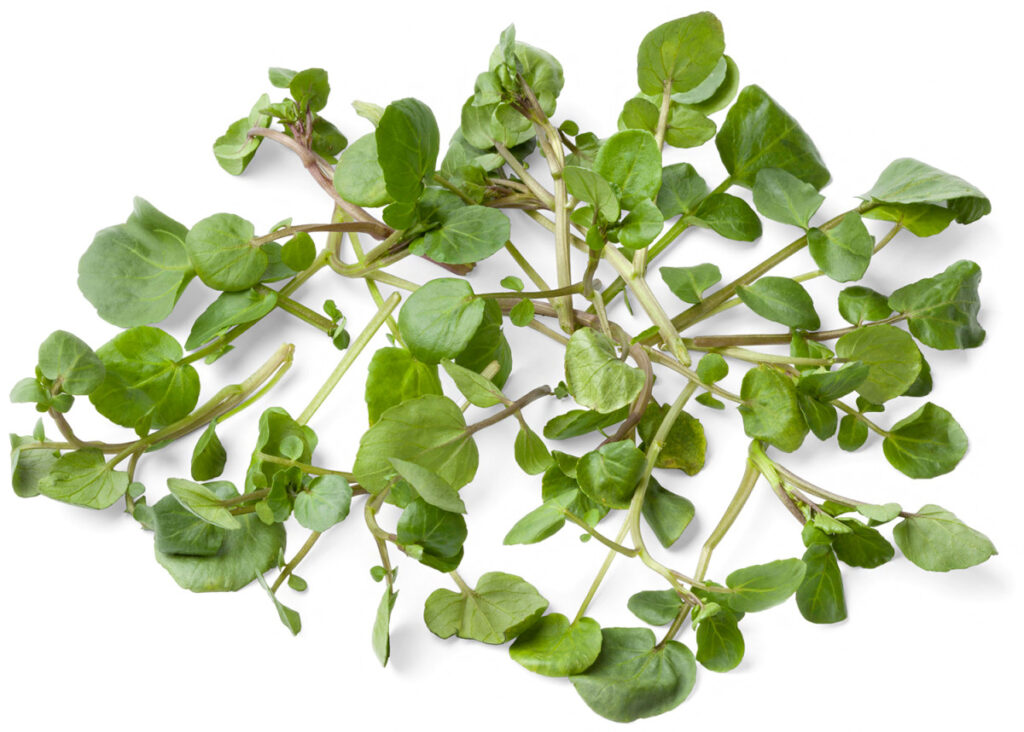
You wouldn’t guess so from looking at it, but watercress is one of the most nutritious vegetables out there. Watercress is native to Europe and Asia, and it grows in areas surrounding slow-moving water such as lakes and ponds. We can often find watercress in salads and soups, and the leaves add a lot of flavor. This leafy vegetable has a kind of peppery taste, and it’s refreshing due to its high (95%) water content. Watercress has an impressive nutrient density despite being extremely low in calories.
The article above mentions only some of the types of vegetables that are most often found and used as a cooking mixture. There are many other types that you can find from various sources.